How to Choose a Camera for Beginners
that Will Suit You Best
that Will Suit You Best
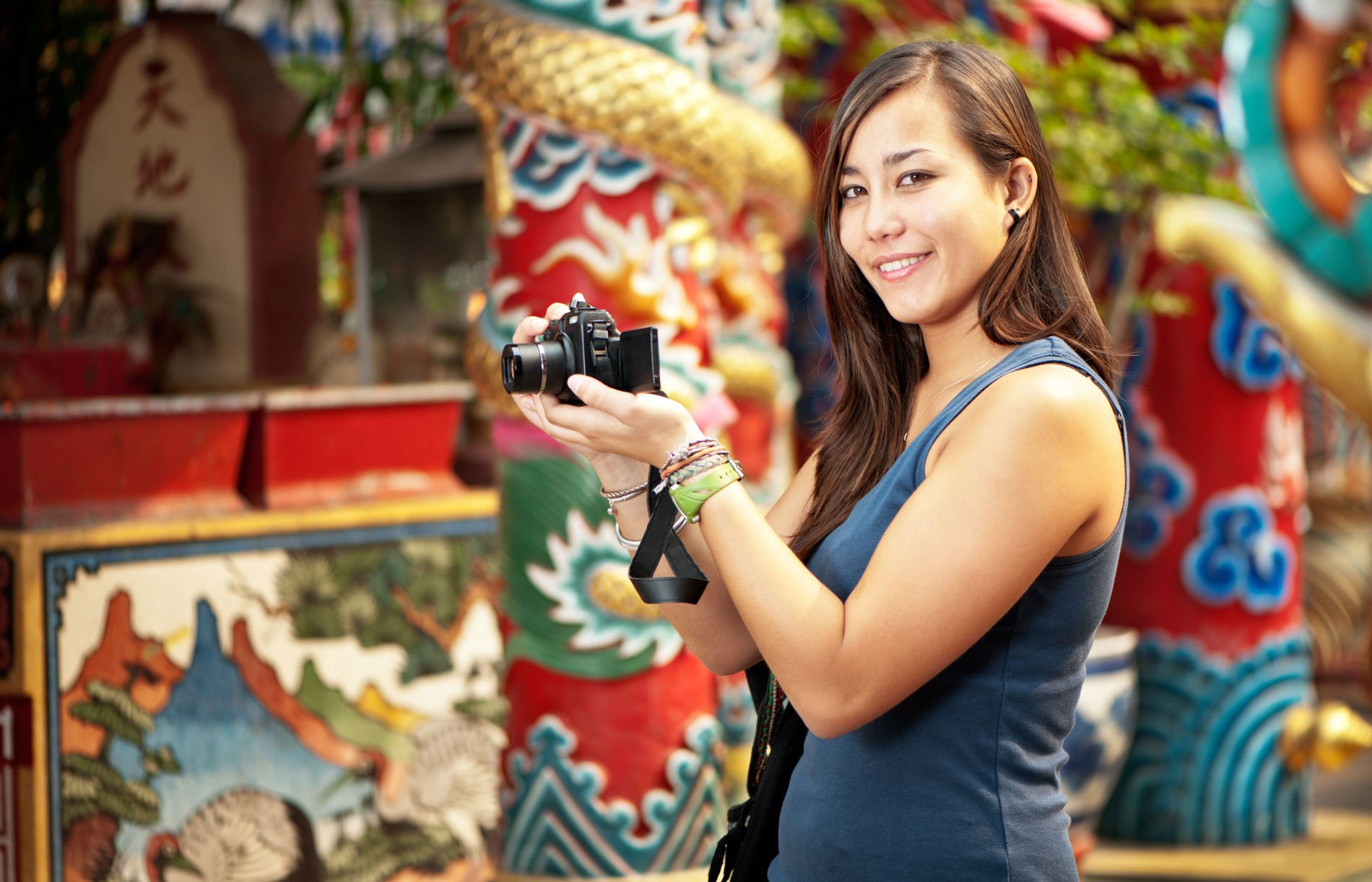
by
Kevin Landwer-Johan
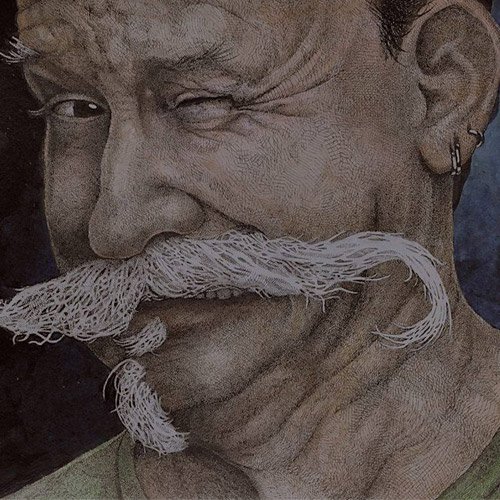
How to choose a camera for beginners is a difficult decision. There are so many options. The technology is complicated and the specs of cameras can be confusing. The price range is broad. And most cameras on the market will take excellent quality photographs. So how to choose a camera for beginners requires some guidance.
I’m often asked to help people decide which is the best camera for photography. I don’t like to tell them because I honestly cannot. Instead, I prefer to ask them a series of questions and help them come to a conclusion based on the answers they provide.
Here are 13 questions to help you choose which digital camera is best for photography – the kind of photography you want to enjoy.
- Why Do You Want A Camera?
- What You Will Photograph The Most?
- Where Will You Use Your Camera?
- Do You Have Time to Learn to Use a New Camera?
- Will You Use Your Camera for Work?
- What Camera Accessories Might You Need?
- What Will You Use Your Photos For?
- Do You Want To Edit Your Photos?
- What Size Are Your Hands?
- Will You Take Selfies With Your Camera?
- Is There One Camera Brand Your Prefer?
- Will You Buy Online or In a Store?
- What’s Your Budget?
As you work through and answer these questions you’ll gain a clearer idea of how to choose a camera that suits your needs best.
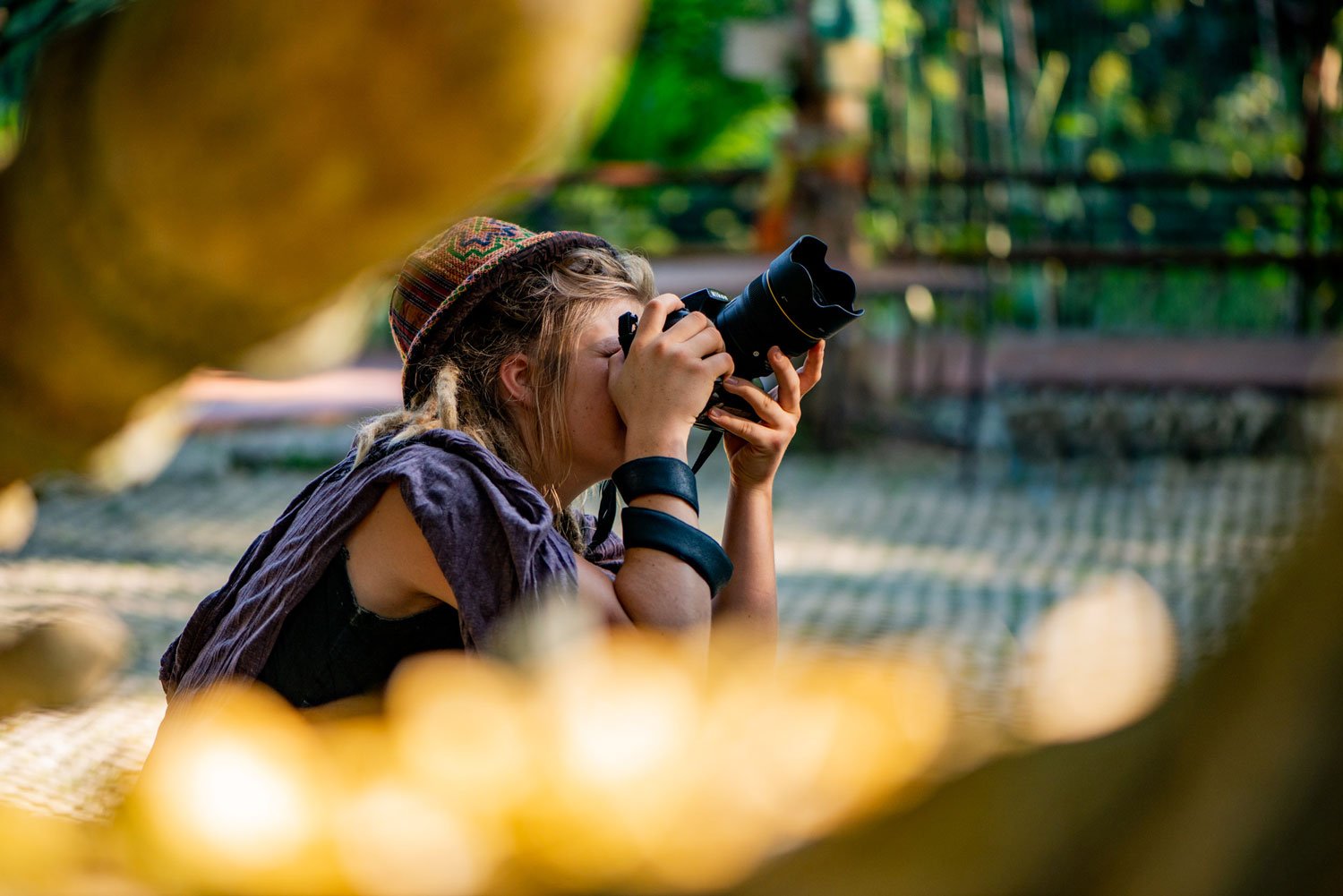
Why I Can’t Tell You Which Camera to Buy
I cannot simply tell you to buy a particular brand or model. I know that would be easy, but how can I know how you will answer all of the above questions? The great thing is that most cameras made by reputable brands can produce high-quality photographs. So whatever camera you choose, it can produce great photos … when you learn to use it well.
Which Camera is Best For Beginners?
Before we jump into more detail on the questions that will help you choose the best camera, let’s take a look at some different types of cameras.
There are four basic types of cameras to consider. These are:
- DSLR
- Mirrorless
- Bridge
- Compact
Each type of camera has significant differences. It’s important to understand some basic differences between these types of cameras. This will help you to make better decisions. I’ve kept the technicalities as straightforward as possible and provided links in the text that will help you learn more details if you wish.
The most significant differences between the various types of camera are:
- Weight and size
- Sensor size and resolution
- Lens quality and selection
- Autofocus speed and controls
- Durability
- Flash and accessories
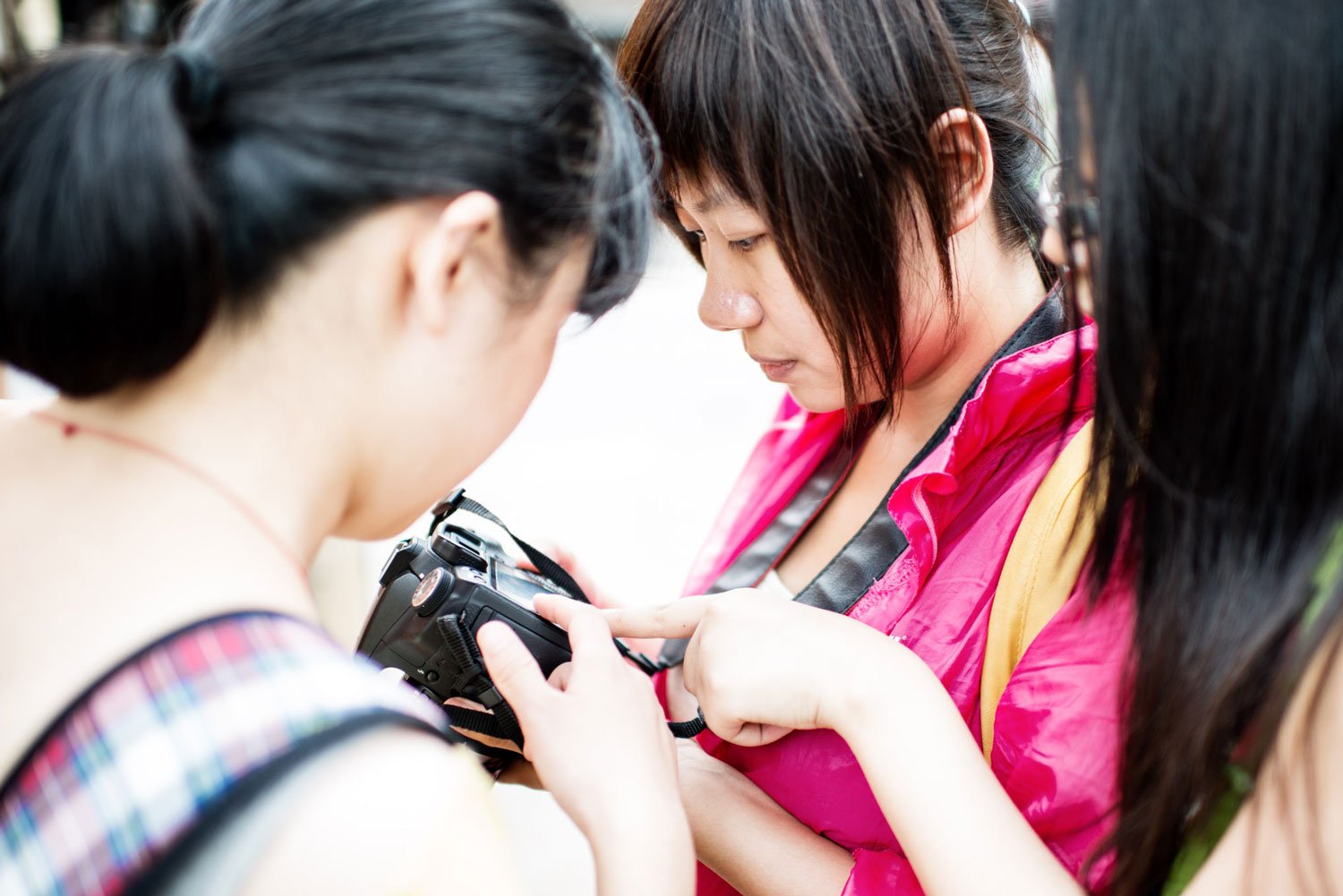
What is a DSLR Camera?
A DSLR is a Digital Single Lens Reflex camera. The Digital part means this type of camera has a digital sensor that captures photographs. The SLR part refers to how you see through the camera. When you look through the viewfinder of a DSLR you are seeing through the lens that’s attached to the camera.
Inside the camera is a prism and mirror that allows you to see through the lens. This is different than in mirrorless cameras. A DSLR provides the highest quality viewfinder. This is because it is optical and not electronic as viewfinders are on mirrorless and compact cameras.
You can change lenses on DSLR cameras. Nikon and Canon are the main companies that produce DSLR cameras and both have huge selections of lenses to choose from.
Sensors in different models of DSLR cameras come in various sizes. Higher end DSLR cameras have what are called Full Frame sensors. Cheaper, smaller models have what are called Crop Sensors. These are physically smaller than full-frame sensors. The cameras with crop sensors are usually smaller, lighter weight, and cheaper than full-frame models. Sensors in DSLR cameras have larger dimensions than in Bridge cameras and Compact cameras.
The physical size of a camera sensor is important because it affects the image quality. Generally, the larger the sensor the higher technical quality images it can produce. Sensors are also measured in megapixels. In most modern digital cameras the megapixel count is no longer as significant as it used to be. A very small sensor with a huge megapixel count will not produce such high quality images as a bigger sensor with fewer pixels. This is because the pixels on a larger sensor will be larger and more capable of producing higher quality images.
Learn More
To learn more about what a DSLR camera is, take a look at this article.
To learn more about different sensor sizes and how they affect image quality, take a look at this article.
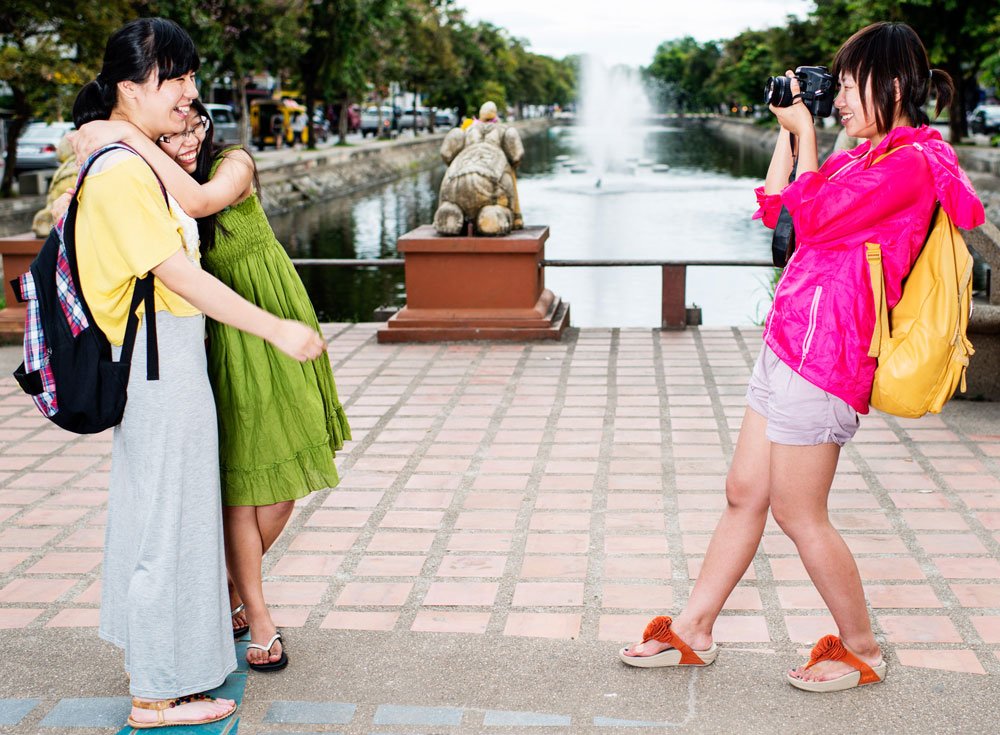
What is a Mirrorless Camera?
As the name suggests, a mirrorless camera has no internal mirror. It also has no prism. When you look through the viewfinder of a mirrorless camera you are seeing an electronic image of what the camera’s lens points at. The quality of the viewfinder image depends on the quality of the mirrorless camera. Some mirrorless cameras do not have a viewfinder. You must use the monitor on the back of the camera to see the image.
As with DSLRs, mirrorless cameras have lenses you can change. Sensors in mirrorless cameras come in different sizes, much the same as with DSLRs.
Mirrorless cameras are often smaller and lighter than DSLR cameras. This is because they have no mirror or prism. The main producers of mirrorless cameras are Nikon, Canon, Sony, Panasonic, Fujifilm, and Olympus.
To learn more about what a mirrorless camera is, take a look at this article.
What is a Bridge Camera?
Traditionally a Bridge camera filled the gap between compact cameras and DSLR cameras. At a glance, they look like a DSLR. The main difference is that bridge cameras come with lenses you cannot interchange. They do usually have zoom lenses with a very broad range.
The convenience of such a zoom is great, but the image quality is not as good as with lenses made for DSLR and mirrorless cameras. Typically with any zoom lens, the broader the zoom range, from wide-angle to telephoto, the lower the image quality.
Bridge cameras have crop sensors. The main companies that produce this type of camera are Nikon, Canon, Samsung, Panasonic, Fujifilm, and Sony.
To learn more about Bridge cameras, take a look at this article.
What is a Compact Camera?
Compact cameras are also known as point-and-shoot cameras. They are small and designed to be used in automatic modes, making them quick and easy to use.
You cannot change the lens on this type of camera. They mainly have zoom lenses that vary can vary greatly from model to model. Compact cameras have small sensors, so produce lower image quality than cameras with larger sensors. Because these cameras are small there are few external controls making it more difficult to adjust settings.
Many companies still produce compact cameras even though they are not so popular now that phone cameras have improved so much. The main difference between a compact camera and a phone is the quality of the lens and sensor is better on a compact camera. There’s a huge range of compact cameras available. The lower-end cameras are hardly worth looking at because the quality is not much different than a phone camera. Higher quality compact cameras have good sensors and great lenses. They can produce high-resolution images.
To learn more about what a compact camera is, take a look at this article.
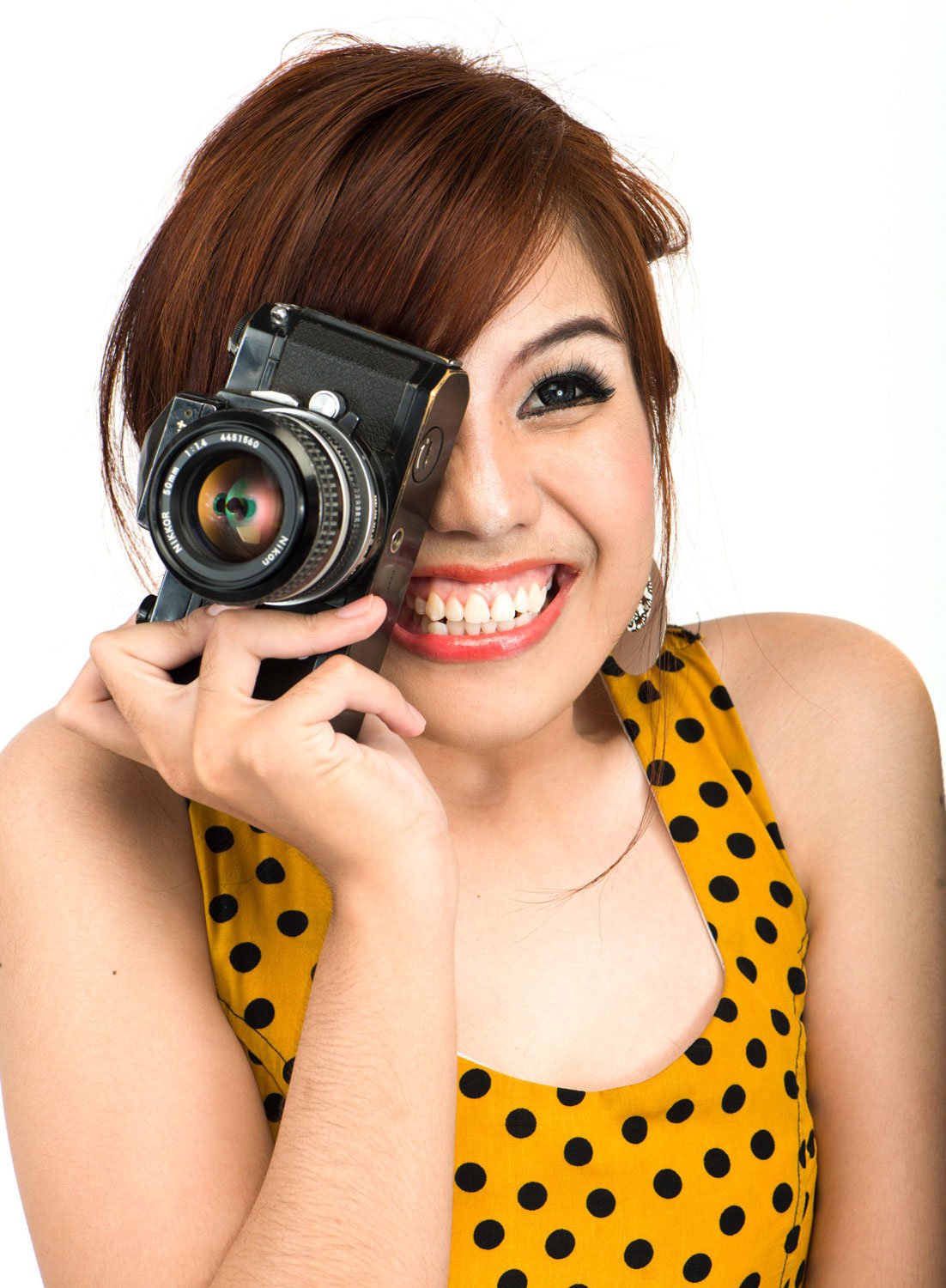
Now you have a better understanding of the different types of cameras available, I want to ask you some detailed questions. Your answers to these questions will help you choose the best camera for you.
1 – Why Do You Want A Camera?
Do you love taking photos with your phone but are finding you can’t capture pictures the way you want them to look? Are you often too far away? Is the quality of images you take on your phone frustrating you? These are all common reasons people buy cameras.
Maybe you are expecting your first baby. You might be retired and would like to make photography your newest hobby. Or are you planning some travel? If you are content in your garden and want to take photos of it and the birds that come to visit, a good camera can make it all the more enjoyable.
Thinking about why you want to take photographs can help you make decisions about the best camera to buy. What you use to photograph your travels, your baby or the flowers in your garden can be all the same. But you do have options between camera types that may make one better than another.
Think about why you want a camera and keep this in mind as you work through and answer the other questions here.
2 – What Will You Photograph The Most?
This is similar to question 1, but you need to be more specific with your answer as to what you will photograph the most. Will you use your camera to photograph one main subject?
If you’ll use your camera mainly when you travel, a small, lightweight model will probably suit you best. If you want to mainly photograph products you sell online your camera will be on a tripod most of the time, so size and weight are not such an issue.
A camera that will be best suited for photographing birds or wildlife might be different than one used mainly for macro photography. For birds and wildlife, you need a good quality telephoto lens or a selection of them. For macro photography, you need a specialist lens and possibly some other accessories.
If you will photograph subjects in action, like sport, birds, or young children you’ll want to take photos in rapid succession. The burst rate of the camera must be considered. This is how quickly and what number of images a camera can take in Burst mode.
Street photographers generally like to use smaller cameras and lenses. This is because it means they can remain less conspicuous. A small compact camera may suit you well.
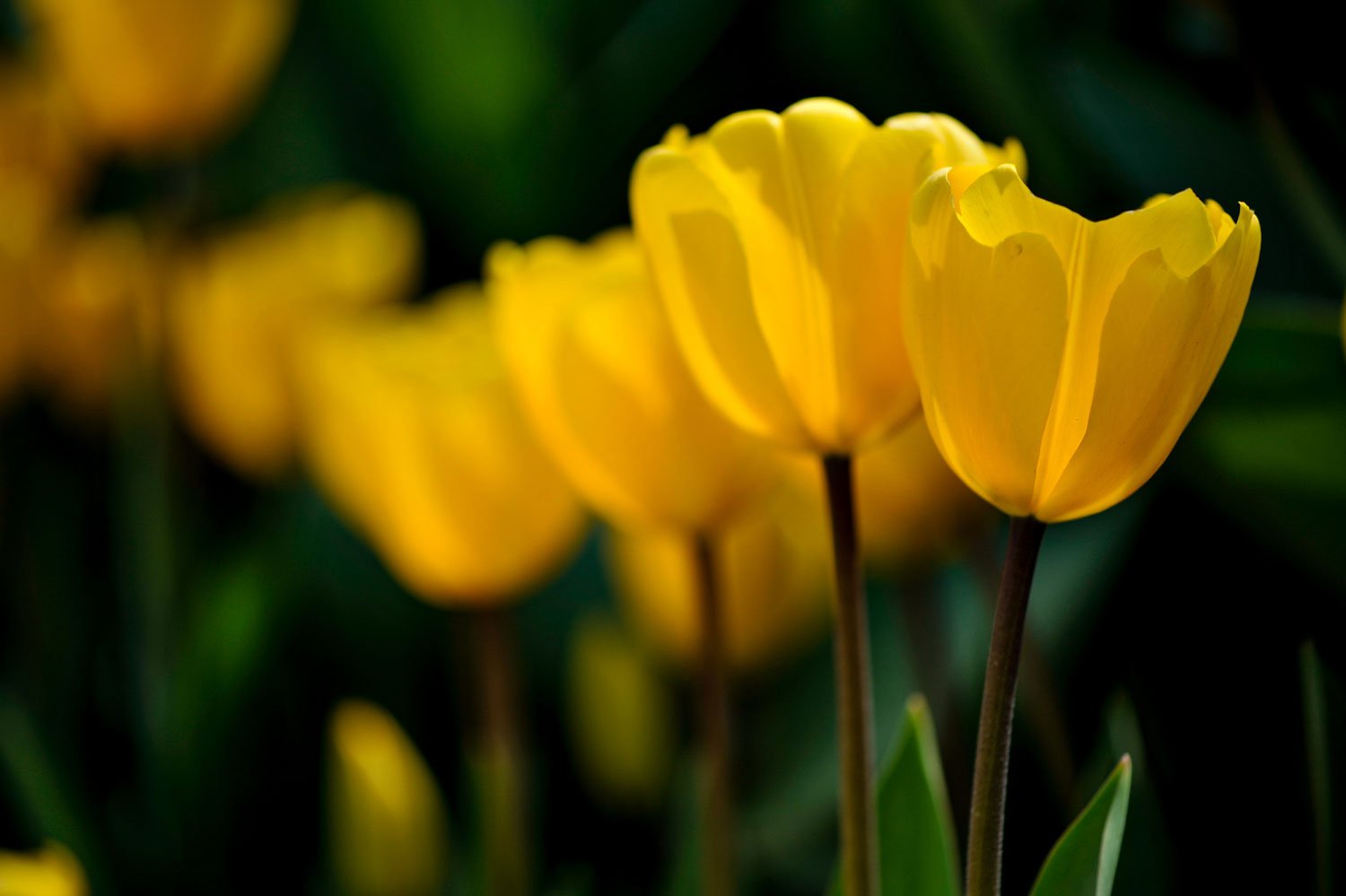
3 – Where Will You Use Your Camera the Most?
The location you will use your camera can have some influence on your choice. The size of a camera that’s always used in a studio or some other place where you don’t need to carry it far is not so important. If you want to take your camera on long hikes or pack it when you travel, the size and weight of your camera will be more noticeable.
Will you take your camera when you go boating or visit the beach? Or do you like storm chasing to taking photos in wet weather? You’ll need a camera with good weather sealing if you do. This is also an advantage if you will take photos a lot in dry, dusty places. A well-sealed camera will ward off the elements well. Dust and moisture, especially saltwater, are hard on camera gear.
If your camera is likely to get knocked about when you take it places you need to consider this too. Do you like rock climbing, mountain biking, or other activities that will result in wear and tear on a camera? Choosing a camera body made from alloy will be a better option than a plastic body.
Generally, compact and bridge cameras have plastic bodies that are not so rugged. Some companies do make a few compact models designed to be tougher and that have better weather-sealing than most.
4 – Do You Have Time to Learn to Use Your Camera?
The more complicated your camera is, the longer it can take to learn to get the best results from it. You need to consider whether you have time to learn to use it properly.
Digital cameras are super automated. It’s pretty easy to pick up a compact camera or the highest-end mirrorless camera or DSLR and capture some good snapshots. If this is how you want to use a camera, a good compact camera will probably suit you well.
I’ve taught many owners of mirrorless and DSLR cameras to progress and mature beyond taking photos in auto mode. Most of them have been taking photos with their expensive cameras for a while and become frustrated. They know they should be getting better photos. With some teaching and encouragement, they become much more confident and creative with their cameras. This is very satisfying to experience as I teach people during our photography workshops and with my photography mentoring program.
These days it’s easier than ever to learn to use a camera well. But it does take time and commitment. Often people think when they buy a great camera they’ll be able to easily take great photos. A good camera does not necessarily take a good photograph. A good photographer does.
Whatever choice you make about buying a camera, the degree to which you learn to use it will certainly impact the quality of your photographs. If you don’t have time to learn to use a camera, then opting for a good quality compact camera or a bridge camera is probably the best option. If you’re going to invest in a DSLR or mirrorless camera then at least take an online course to get you started.
Learn More
I also have an e-zine on my Buy Me A Coffee page that is a guide on how to transition from using a phone camera to a real camera.
5 – Will You Use Your Camera for Work?
Planning to run a photography business requires more serious thought into what camera to buy. You’ll need to consider spending more on a camera that is robust and last the distance. When you work as a photographer your camera will be being used a lot more than if you only use it as a hobby. At least, it should be!
A working camera needs to withstand more wear and tear. You’ll be pulling it out of your camera bag and putting it back in more frequently. You’ll possibly be exposing it to the elements and changing weather conditions more than you would if it is not being used for work. Professional photographers often don’t have much say in where or when they take their photos. We must follow the direction of our clients and provide them with the photos they are paying for. So your camera must stand up to it.
You’ll want a robust camera body and lenses. Opting for a metal alloy body and higher-end lenses is best. This level of gear costs more, but it is designed to take the knocks professional use often entails.
I’m always very careful with my camera gear. I don’t like having it break or having to replace it too frequently. Even so, much of my gear is well worn. It looks a bit rough around the edges. But it’s built to take the frequent use and stands up to it. No matter how careful you are with your camera gear, it’s going to get a bit dinged up through regular use.
Tax Deductable?
If you have your own business you may well be able to get a tax deduction on camera gear, if you can work it in as a work tool. Every business needs photos. Check with your accountant if it’s possible to include a camera purchase as a tax deduction.
You can rule out a bridge camera or compact if you’re wanting a camera to use professionally. Turning up to an assignment with either of these types of cameras will not project a professional image. They’ll also not provide the technical quality that you’ll need.
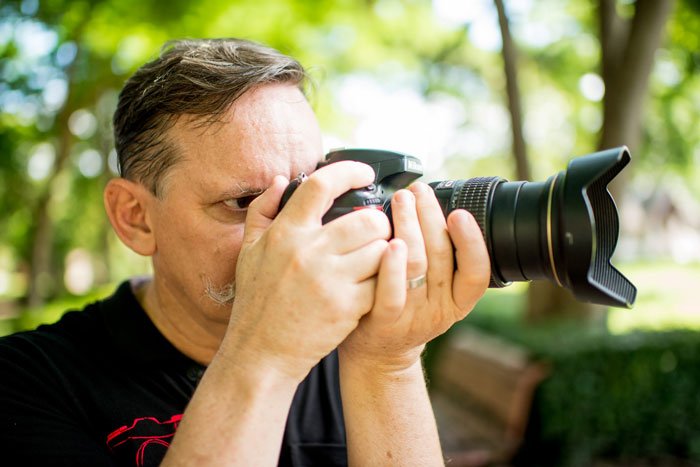
6 – What Camera Accessories Might You Need?
This is not a trick question, but it might be a tricky one to answer. From the myriads of camera accessories available, how will you know which ones you’ll need?
The important thing to consider when choosing a camera is which accessories are specific to the camera, or the brand of camera, you are buying.
Buying a DSLR or mirrorless camera you’ll need to consider the range of lenses available for the model of camera you want. Some brands, like Nikon, Canon, and Sony, have more extensive ranges of lenses available.
The other main aspect of lenses is that cameras with different sensor sizes take different lenses. You can’t use a lens designed for a crop sensor camera on a full frame camera. So, if you’re looking to buy a camera body with a crop sensor, you’ll need to think about the prospect of upgrading to a full frame camera in the future. If you do this you’ll need to replace all your lenses. I’ve discussed this more in question #13.
Will You Need a Flash?
Another important one is the flash. A good camera and flash combination allows for the two pieces of equipment to communicate with each other. Then you can control the flash from within the camera menu. This may seem difficult to understand, but trust me, it’s important.
Many 3rd party flash systems are now available, so you may not need to buy the same brand of flash as your camera is. They can still communicate well enough. If you are going to need to use flash a lot, then it’s an important consideration when buying a camera. There are far too many options for me to go into in this article.
A remote controller or remote app is another accessory that may need to be dedicated to your camera. Some cameras will come with a remote control. Many will not. Some smartphone apps for cameras are well designed and easy to use. Many, unfortunately, are not. If you are wanting to use your camera in ways that would benefit from using a remote, then this is something you need to consider before you buy.
Using a remote control to focus and trigger your camera is essential if you want to take selfies. A remote is also helpful when you take long exposures. It allows you to trigger the shutter without touching the camera so the risk of camera shake is reduced.
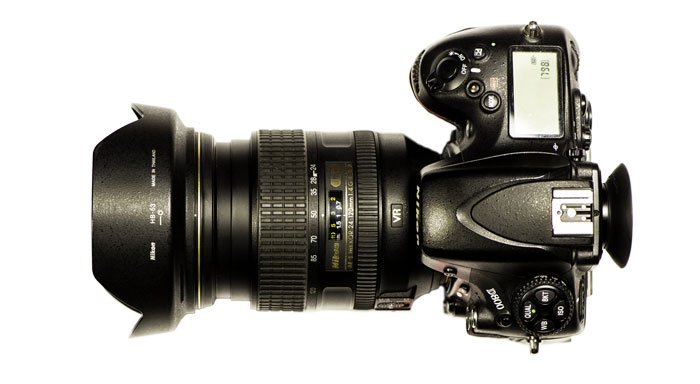
7 – What Will You Use Your Photos For?
Posting photos to social media does not require high-resolution images. Some social media platforms automatically reduce image quality when you upload. So even high-quality photos don’t look great.
Producing large prints for the wall is not something a phone or compact camera is ideal for. These cameras have small sensors and low-quality lenses, so produce photos that only look OK when viewed on a small monitor, like a phone.
At the other extreme, large, high-resolution sensors will be more than sufficient for most prints. The biggest advantage of high-resolution images is that you can crop them and not lose significant image quality when you come to make a print. The larger the camera sensor and the higher the resolution, the more you can crop before image quality is compromised.
Bridge cameras and compacts are adequate if you’re only posting your images on social media or you only want to view them on a monitor. If you want to print your photos, the higher the quality sensor you can afford, the better prints you’ll receive. This also depends on how the photos are edited and how well they are printed.
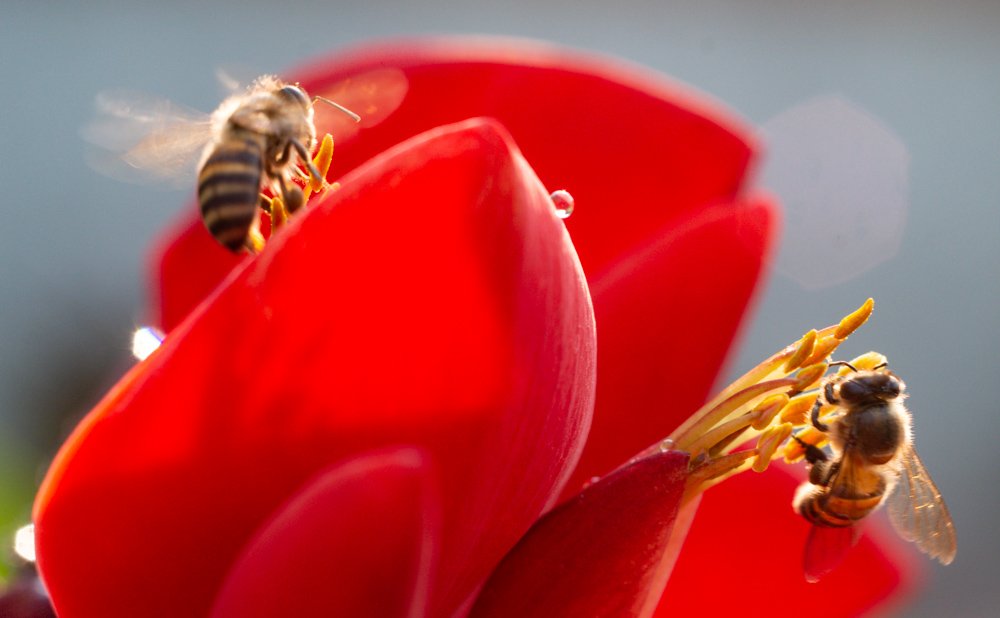
1/250th of a second shutter speed was not fast enough to completely freeze the bees.
8 – Do You Want To Edit Your Photos?
As with printing your photos, when you want to edit them, you’ll want a high-quality image to start with. The higher the image quality, the better it will stand up to editing.
This is the biggest frustration I have when I use my phone to take photos. I cannot apply many edits before the image quality starts to break down. This is because the sensor is small and low quality, compared to the sensor in my camera. So even applying a couple of filters, then zooming in, I can see pixelization happening in the photo.
The combination of sensor size and the number of pixels it contains influences how much editing you can do to an image before it starts to break down. The quality of the exposure also affects this, no matter how good the sensor is. Working with a poorly exposed image it can start to lose technical quality even with very little editing.
If you don’t have time to edit your photos, using a compact camera or bridge camera set to save jpg files will be fine. If you want to edit, the higher quality sensor and lenses you can afford, the better.
9 – What Size Are Your Hands?
This is one of the most important, but unconsidered aspects of buying a new camera. You want your camera to feel comfortable when you are holding it. If it’s too big, or if it’s too small, you’ll not enjoy using it so much.
When you are used to using a camera it should feel like it’s part of you. So if it’s unnaturally large or small, it never will.
If you have large hands and use a small camera you may inadvertently press buttons you don’t want to. If you have small hands and a large camera body, your fingers may not be able to comfortably reach the buttons they need to.
There are also other ergonomic considerations. A small camera body has less space for external controls. This means you’ll need to dig into the menu more often to make changes. Larger cameras, like DSLRs with full-frame sensors, are geared more towards photographers who like to control their settings.
The best way to discover if a camera is comfortable in your hands is to use it for a while. In larger cities, you can often find companies that rent out camera equipment. If you have photographer friends, ask if you can use their cameras to see if they are a good fit for your hands. Alternatively, you can go to a camera store and pick up a range of cameras to see how they feel.
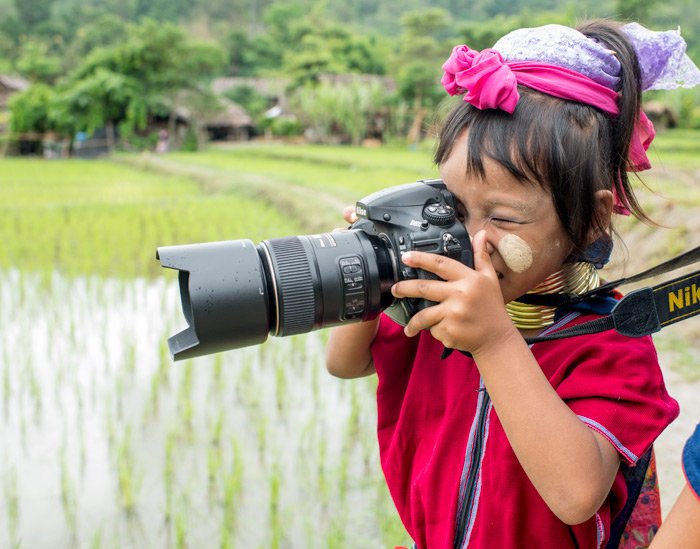
10 – Will You Take Selfies With Your Camera?
Self portraits, or selfies, have become one of the most popular forms of photography. This is due to phones having front-facing cameras and the internet having morphed into a place where people like to show off.
Most people will use their phones to take selfies, even if they have a camera. If you are more serious about taking self portraits for printing or other purposes than posting them online, you’ll need to consider a few things.
You’ll want a camera that has a flip-out monitor that can be seen when you’re in front of the camera. Not all flip-out monitors are designed for this. Some will not rotate sufficiently to become forward facing.
The other key thing you need to use that makes taking selfies easier is a remote control or app. As I mentioned in #6, some cameras have dedicated remotes and others do not. Many cameras have apps now, but not all camera apps are created equally. Some are problematic and clunky. Connecting a smartphone app and camera should be very straightforward, but it’s not always. Test this before buying a camera if it’s something important to you.
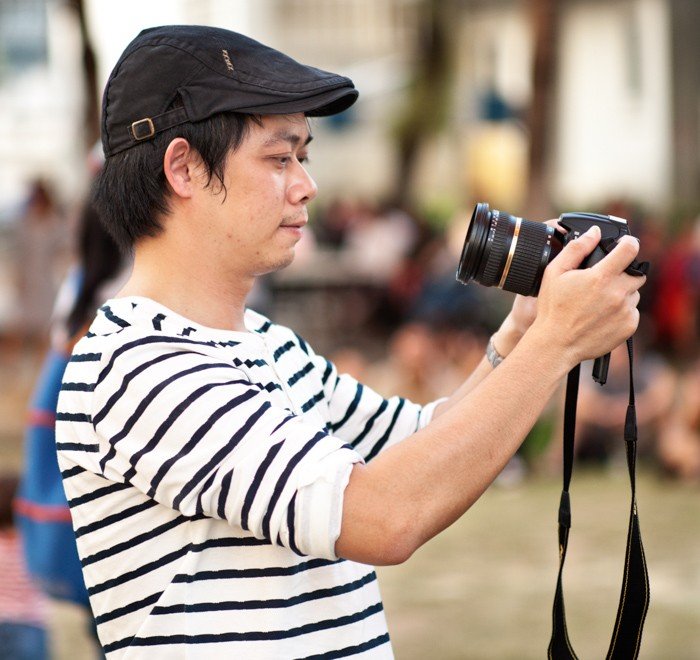
11- Is There One Camera Brand Your Prefer?
Do you already own a Canon, Nikon, Sony, or another brand of camera? If you are upgrading because you don’t like it, choose a different brand. Otherwise, stick with it.
When you are already used to using a particular brand of camera, it’s often easier to stick with that brand. You’ll find the external layout and feel of the camera may be similar. This is especially so if you’re upgrading from one DSLR model to another, or one mirrorless to another. Even switching between different camera styles of the same brand, the menu systems will probably be familiar to you. This makes it quicker and easier to get used to using your new camera.
12 – Will You Buy Online or In a Store?
Online shopping is so convenient, but it does not provide you with a hands on experience before you buy. Unless I know the model of camera, I’d never buy online. I want to hold a camera in my hands before I buy it.
The other advantage of walking into a camera store is that you can ask the staff lots of questions. This is especially helpful when the staff are knowledgeable about the cameras they sell. A camera store is the best place to find these people. You won’t often find them in big box stores that sell cameras.
A good camera salesperson will answer your questions and be able to make comparisons between different models and brands. They’ll also help you configure a camera you buy from them.
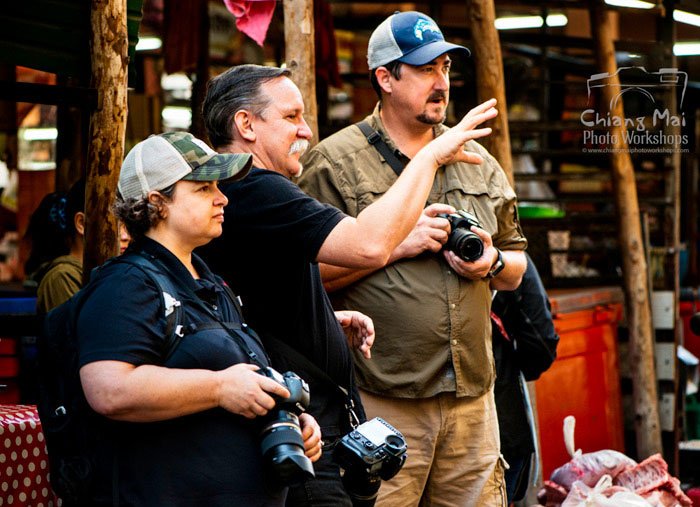
13 – What’s Your Budget?
For most of us, this is an important question that gets considered before any others. I’ve left it until last on this list because it’s an inevitable consideration. But it’s still important to work through the other questions and not only make your choice of what camera to buy on price alone.
Whether you decide on a full frame camera or one with a crop sensor, a Nikon, a Canon, a Sony, or another brand. Research prices.
Opting for secondhand is a good option if you’re on a tight budget. Camera technology changes have slowed significantly in the past few years. It’s often easy to pick up a great camera that’s hardly been used. Some people love to have the latest camera gear. Some of them spend more time looking at cameras and talking about the latest and greatest than using them.
By buying a used camera you can often get a higher grade camera than if you buy a new one. When you’re starting out in photography you will not need all the latest technology. Once you practice for a while, a few years or more, you may then be ready to upgrade your camera. If you start with a slightly older, higher-end camera, upgrading will be more straightforward.
Choosing a Camera for Beginners
Hopefully now you have a clear understanding of what’s involved when you want to buy a beginner’s camera. You don’t need to start with the latest and greatest. You may not need the more expensive professional model. These cameras may not actually suit your needs and may hold you back.
I had a workshop participant once who had a wonderful, professional Canon DSLR and two big zoom lenses. When she was enrolling for the workshop online she told me she’d had the camera for some time but hardly ever used it. When I met her, I knew why. She was petite.
As the workshop progressed I noticed her struggling with the large camera and lenses. She told me she’d bought this gear on recommendation from a professional photographer friend who had the same equipment and loved it. Sadly, for her, this was poor advice. She would have used her camera more frequently and enjoyed photography more with a smaller camera and lenses.
I can’t tell you the best camera to buy, but these questions will point you in the right direction. Take your time to consider them. If you can, try out some different styles and models of cameras.
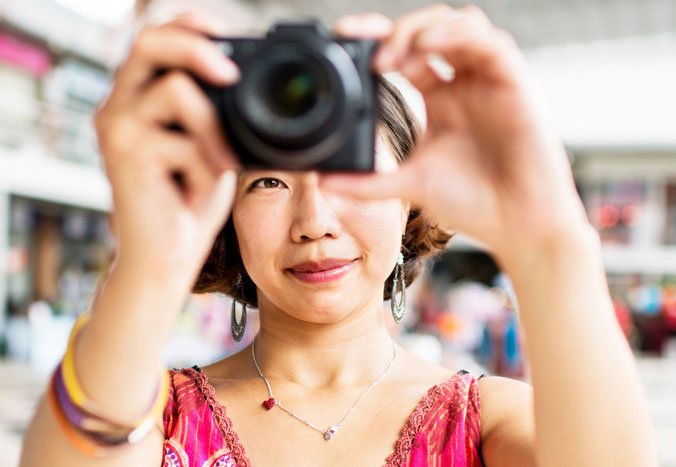
Conclusion – Which Camera is Best for Beginners?
Do you live somewhere you can rent cameras? Check out the range of cameras available for rent. Then spend a day with each one that fits within your budget and the answers to the other questions on this list. Otherwise, spend some time in a few different camera stores picking up cameras and asking questions.
Point and shoot style compact cameras will be the cheapest. They’ll also produce lower resolution and technical quality. As you move up the price range, the quality should also improve.
Bridge cameras and compacts are very convenient. They are small and lightweight so you’re more likely to take them with you and use them. However, the drawback is that the image quality may not be as high as you want. There are also fewer accessories available for these types of cameras.
Mirrorless and DSLR cameras provide more flexibility. You can accessorize to your heart’s content. Although doing so will not necessarily enable you to take better photos. Take into account your budget and think of camera ergonomics. Then work your way through answers to the other questions. Then you will be in a better position to buy your first digital camera.
W
Further Reading
If you’ve enjoyed reading this article you will also enjoy my guide on making the transition from a phone to a digital camera.

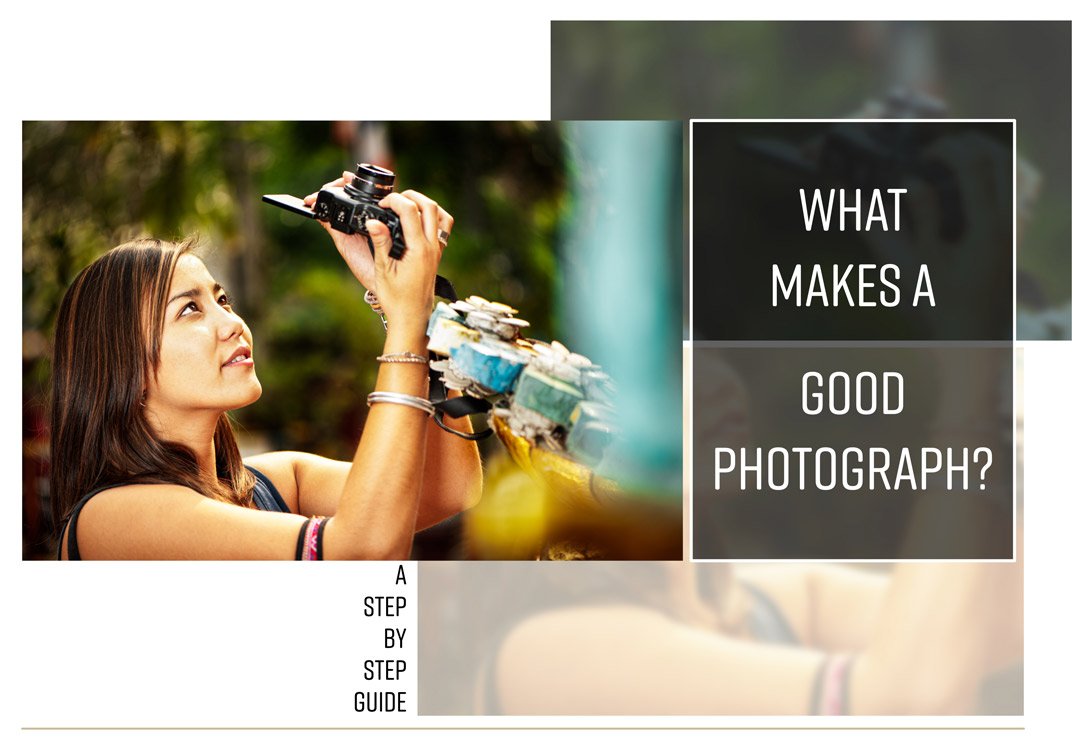
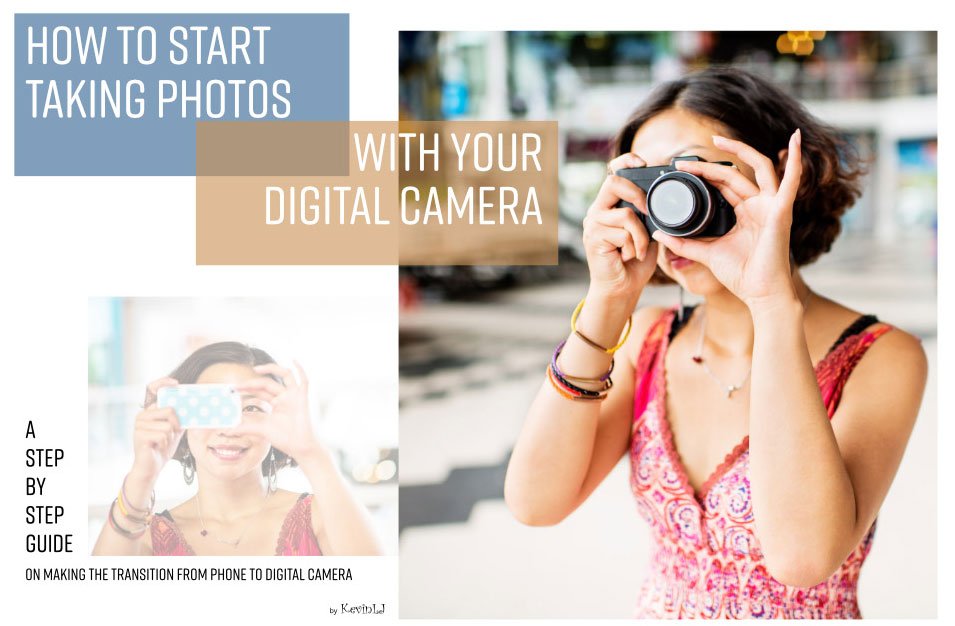
Thanks, your advice helped me a lot. I choose a camera to take photos for my site myself. I don’t want to pay big money, but I want to get beautiful and professional photos. It looks like I have a very difficult decision to make.